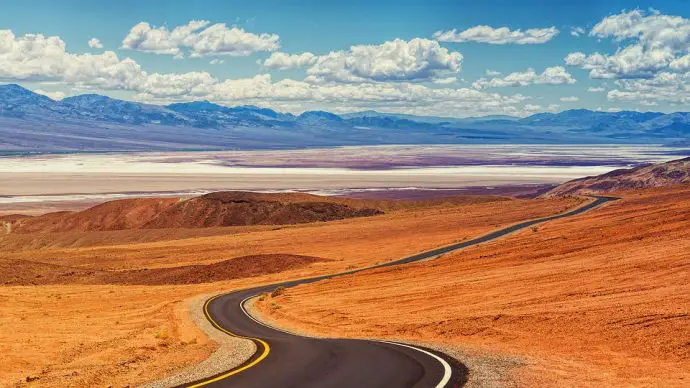While we may have seen a rise in people heading on city breaks, there’s no doubt that exotic beach breaks are still completely in fashion.
However, as we all know too well, there can become a moment where hot becomes “too hot”. For some of us this breaches uncomfortable levels, and instead turns into something that can be seriously detrimental to our health.
Suffice to say, some groups are more at risks than others. The elderly certainly fall into said category, while we would always recommend travel insurance for pre existing medical conditions which can be accelerated because of excessive heat.
Regardless of what group you fall into, today’s article is going to take a look at four tips which can help you get through these vacations unscathed. Let’s take a look at some of the ways you can do this.
Be aware of heat exhaustion symptoms
First and foremost, one of the big things that you need to look out for comes in the form of heat exhaustion. This is something that doesn’t have to be serious, but it can accelerate into something that can even be fatal if it’s not taken care of quickly.
What are the signs of heat exhaustion and heatstroke? If the hot weather is getting the better of you, you are probably struggling with symptoms such as a headache, confusion, breathing difficulties and clammy skin. If you notice any of them, you need to get yourself to a cool place as a matter of urgency.
Filter by location
It sounds like a technical piece of advice, but one of the worst things you can do when the heat is on is to travel around. Dragging yourself between attractions and locations is asking for trouble and as well as posing a health risk, it’s something that’s probably going to hinder your enjoyment as well.
As such, try and filter your activities by location. Try and group them together by the location, so you can then cut down the amount of “commuting” time each day.
Pack the right things
Contrary to popular belief, there is more than one type of heat to cope with. For example, some locations have really hot conditions but are exceptionally dry. This means that you simply must protect your skin from the sun.
Then, there are the hot but humid conditions. These require a different type of garment; one that allows your body to cool off by making the most of your perspiration.
(But don’t pack too many of them)
Following on from the previous point, try and be extra-cautious when it comes to the sheer amount of things you are packing.
Particularly if you are opting for the backpacking route, whereby you take most of your belongings with you on a day-to-day basis, you will find that you need to keep things as light as possible.
If you’re not quite sure that you’ll be using an item, don’t take it. If it’s particularly cheap and is accessible to buy in your destination of choice, just go without. By reducing the number of things you are taking, you’ll find that it becomes much easier to combat the heat.

